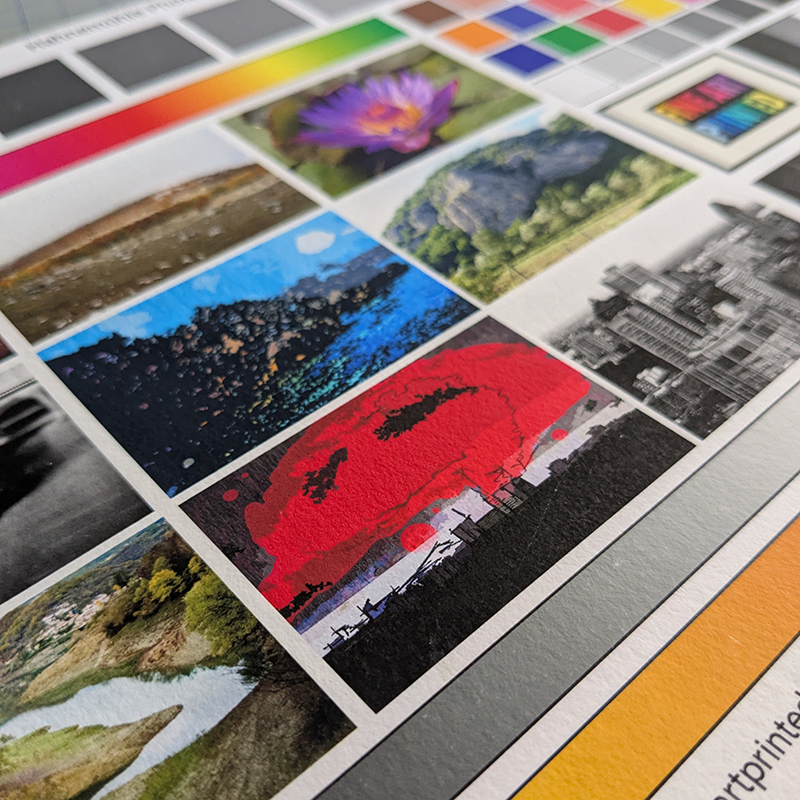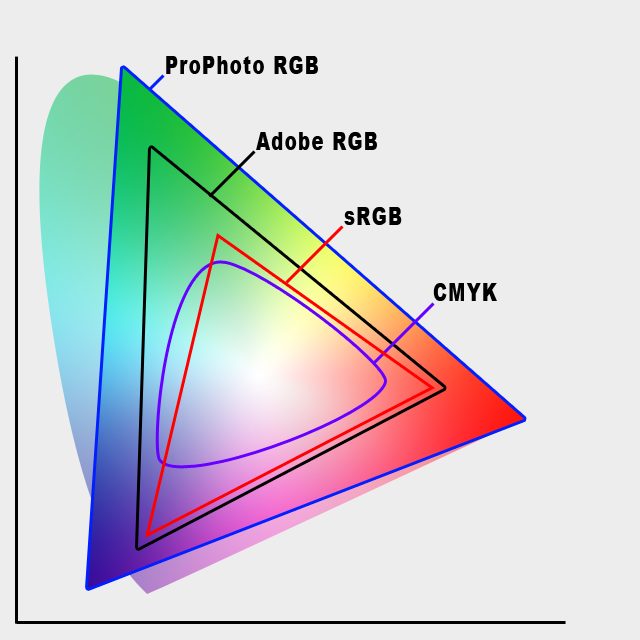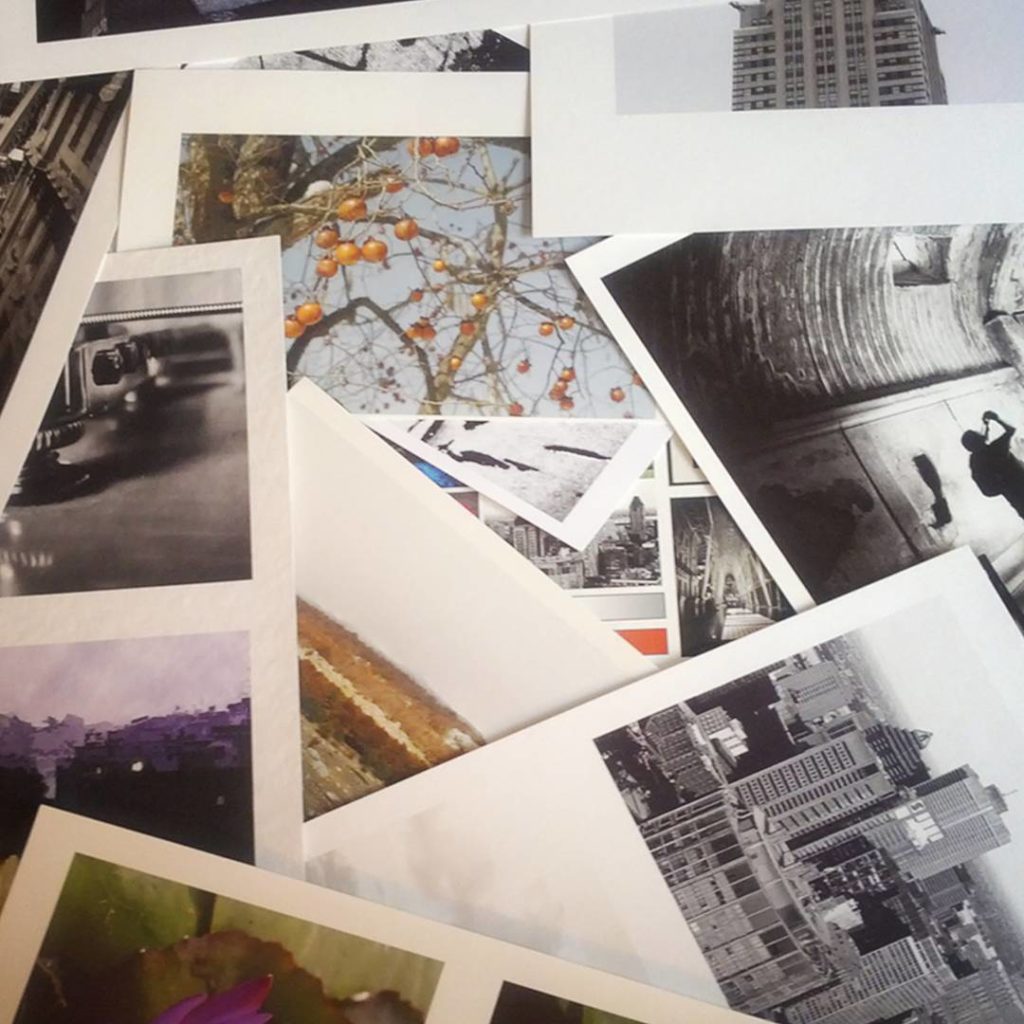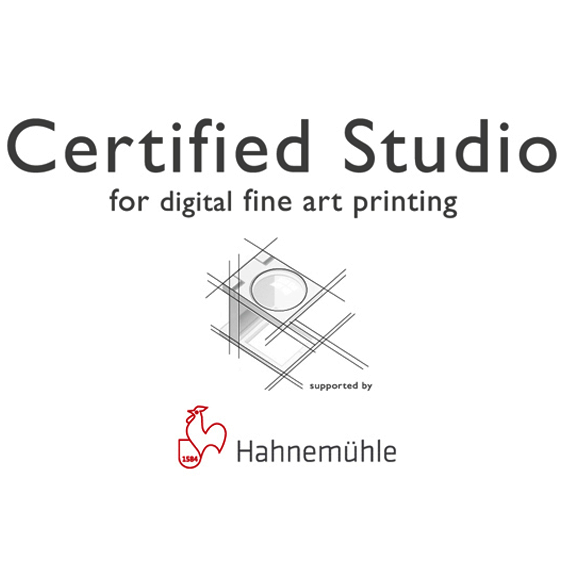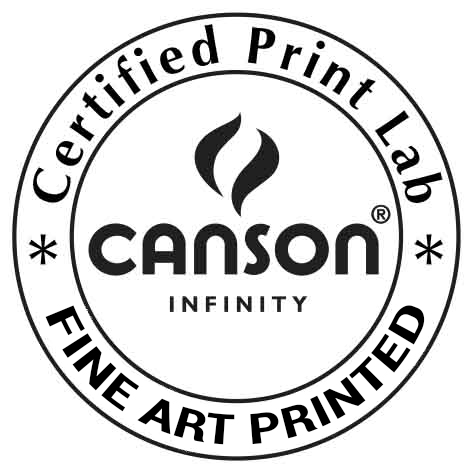Stampa fine art: cosa significa?
Prima di capire cosa è una stampa Fine Art, partiamo dalle basi per arrivarci gradualmente: Fine Art in inglese ha la seguente definizione: “creative art, especially visual art, whose products are to be appreciated primarily or solely for their imaginative, aesthetic, or intellectual content “. Questo vuol dire che potremmo tradurlo semplicemente con Belle Arti che in italiano ha la seguente definizione: “Con l’espressione belle arti si indica ogni forma d’arte sviluppata principalmente con scopi estetici e concettualmente distinti dalla utilità. …. In particolare, nella fotografia, con il termine Belle Arti si intende un lavoro per produrre un manufatto che sia la sintesi e la sinergia di tecnica e qualità. Entrambi gli elementi di tecnica e qualità devono essere conformi a standard professionali ed artistici, gli elementi si compensano con la creatività individuale.”
Quindi è una stampa artistica. Ovvero, una stampa che abbia le caratteristiche insite nella definizione di “belle arti”. In questo caso però la traduzione “diretta” non ci è molto di aiuto. Infatti anche la stampa classica (Litografia, Xilografia, Serigrafia e altre) è necessariamente una stampa artistica (e ci mancherebbe!). All’estero le stampe classiche vengono identificate come Fine Art Prints. Quindi qualsiasi tipo di stampa che rappresenti un’opera frutto di inventiva e capacità può essere considerata una stampa artistica e genericamente una Fine Art Print. Bisogna entrare più nel dettaglio per capire che certe definizioni non possono essere applicate in modo troppo generico.
Qui si parla di stampa Digitale.
All’interno della stampa digitale esistono moltissime tecnologie di stampa diverse. Ogni tecnologia ha i suoi pregi e difetti e naturalmente il campo di applicazione preferito. Non stamperemmo mai dei volantini utilizzando una stampante fine art (verrebbero molto bene, ma il costo sarebbe improponibile). Come non si dovrebbe stampare un’opera destinata a essere appesa, conservata per lungo tempo o venduta, tramite tecnologie di stampa non adatte (offset, laser, stampa con solventi, stampa diretta su forex etc).
Questo vuol dire che all’interno del campo della stampa Digitale, non tutte le opere frutto di inventiva e capacità possano essere considerate stampe Fine Art. Alcune stampe potrebbero essere considerate al limite delle stampe artistiche (tutto può essere arte). Quindi è qui che la traduzione inglese-italiano non può essere automatica.
Stampa Fine Art nel campo della stampa digitale identifica non solo un’opera frutto di inventiva e capacità, ma anche una qualità di stampa derivante da inchiostri a pigmenti certificati, carta cotone di qualità, capacità di rappresentare colori e durabilità della stessa. Qui si arriva alla confusione: Stampa Giclée. Questo tipo di stampa è letteralmente una stampa tramite “getto d’inchiostro”. Anche se è universalmente riconosciuto come sinonimo di qualità (perché di fatto è una tecnologia di stampa in grado di raggiungere qualità impensabili per altri metodi di stampa), non tutte le stampe Giclée (a getto d’inchiostro) possono essere considerate Fine Art. Le stampanti fine art utilizzano molti più colori puri, fino a 12 (+ altri speciali) per ottenere grandi gamme di colore e riproducibilità. Inoltre le stampanti fine art utilizzano colori a pigmenti che sono di più alta qualità rispetto a quelli dalle stampanti di casa. Se la vostra stampante di casa non è Laser, è molto probabilmente a getto d’inchiostro. Congratulazioni! Avete una stampante Giclée! Nel tempo si è nobilitata la definizione e quindi si tende a identificare maggiormente in questo gruppo le stampanti professionali e non quelle amatoriali di casa. Comunque anche rimanendo nel professionale, non è solo la stampante che fa la stampa Fine Art, ma è principalmente l’utilizzo di inchiostri a pigmento e la carta adatta.
Tutte le stampe Fine Art sono Giclée ma non tutte le Giclée sono Fine Art.
Con la stessa stampante è possibile stampare su carta fotografica o su carta Fine Art. La differenza è chiaramente nei materiali, nella qualità degli stessi, nella durabilità e nella corrispondenza dei colori.
E qui torniamo al concetto di stampa artistica. Perché un artista (Fotografo, Illustratore o altro) dovrebbe stampare su Fine Art piuttosto che su carta fotografica da pochi euro al metro quadrato? Semplice! Stampe classiche di 200 anni fa o più (ma potremmo tornare indietro di molto) sono ancora qui. Possono ancora raccontarci e mostrarci il passato e le grandiose abilità di chi ci ha preceduto. Se un artista odierno volesse vendere le sue opere (digitali) stampate, dovrebbe assolutamente capire l’importanza della durabilità di una stampa. Non vorrebbe mai trovarsi nelle condizioni di vendere un’opera che nel giro di un anno cambi completamente aspetto e si deteriori irrimediabilmente. Questo è importante anche per chi acquista! Comprare una stampa Fine Art (quelle vere!) è una garanzia di investimento e qualità che solo questo tipo di stampa può dare.
Purtroppo alcuni “sperimentatori” modificano le stampanti per utilizzare degli inchiostri non originali che non sono stati studiati per durare nel tempo, ma magari ottenere dei neri molto profondi o effetti particolari che non si sa bene quanto dureranno. Per quanto qualsiasi manifestazione frutto dell’ingegno umano possa essere considerata un’opera d’arte, non tutte le opere d’arte potranno essere considerate stampe fine art. Per esserlo è necessario considerare il rispetto dei materiali originali come un requisito e una garanzia. Nel concetto di stampa fine art infatti è intrinseco l’utilizzo di tutti materiali originali e certificati, così che la durata della stampa possa essere “garantita”. Ovviamente non è possibile garantire con precisione la durata di una stampa perché la stessa dipende da molteplici fattori: l’esposizione alla luce, il tipo di inchiostro usato, il tipo di carta, i materiali con cui entra a contatto, l’umidità, la temperatura e anche la composizione dell’aria. Quello che è possibile garantire è che utilizzando colori e prodotti originali, testati e studiati per durare nel tempo e seguendo i suggerimenti per la migliore conservazione, si avranno le migliori condizioni per far durare nel tempo una stampa.
Con la stampa Fine Art anche l’arte Digitale può essere inserita nell’olimpo delle stampe artistiche commerciali, se vogliamo definirle così. Quindi acquistarne o venderne una, può essere allo stesso livello di una stampa classica (e qui potrei rischiare il linciaggio). Ma di fatto una stampa Fine Art durando nel tempo e potendo essere certificata con una serie limitata assume lo stesso valore di una stampa classica.
Non è solo una questione di stampa
All’interno del concetto di stampa Fine Art vorrei far rientrare anche la capacità dello stampatore di seguire determinate regole o workflow che determinino la qualità finale della stessa. Il rispetto della carta, l’utilizzo di materiali certificati e originali, l’importanza e la cura nella scelta di ogni singolo componente acid free con cui sarà a contatto la stampa e ultimo ma più importante e decisivo punto:
Il rispetto del Color Management: la gestione del colore del file da quando viene inviato dal cliente fino alla stampa (ma volendo fare le cose per bene si deve partire anche da prima). E’ solo grazie alla padronanza del color management che è possibile riprodurre una stampa con le stesse caratteristiche nel tempo e in modo prevedibile. E’ molto importante capire questo punto perché non si può stampare senza saper seguire una gestione del colore consistente.
Fine Art Printed come Canson Certified Print Lab e Hahnemühle Certified Studio si impegna quotidianamente per rispettare tutti i requisiti e gli standard qualitativi relativi alla stampa fine art.
Bene! Ora dovreste avere un’idea più chiara (sempre che non vi siate addormentati) di cosa sia una Stampa Fine Art e perché è importante investire in stampe di qualità.
L’importanza delle stampe Fine Art nei musei
Le stampe Fine Art non sono soltanto uno strumento per artisti e collezionisti, ma rappresentano anche uno standard imprescindibile nel mondo museale e delle istituzioni culturali. I musei hanno l’obbligo di garantire la conservazione delle opere per decenni, se non secoli, ed è per questo che richiedono materiali certificati, carte a base cotone prive di acidi e inchiostri a pigmenti in grado di assicurare stabilità cromatica e durabilità nel tempo. Solo una stampa Fine Art, realizzata con processi controllati e certificati, può rispondere a queste esigenze di qualità e conservazione, permettendo alle opere digitali e fotografiche di entrare a pieno titolo nelle collezioni permanenti.
Se vuoi approfondire come le nostre stampe Fine Art vengono utilizzate in contesti museali e istituzionali, visita la sezione dedicata: Stampa Fine Art per Musei.
Per concludere mi sembra giusto citare Vinton Cerf (uno dei padri di Internet) che ci suggerisce di stampare prima che sia troppo tardi:
“We are nonchalantly throwing all of our data into what could become an information black hole without realising it. We digitise things because we think we will preserve them, but what we don’t understand is that unless we take other steps, those digital versions may not be any better, and may even be worse, than the artefacts that we digitised. … If there are photos you really care about, print them out.”
Ed io aggiungo: Stampate in Fine Art!
Buona stampa!
Simone Pompei









